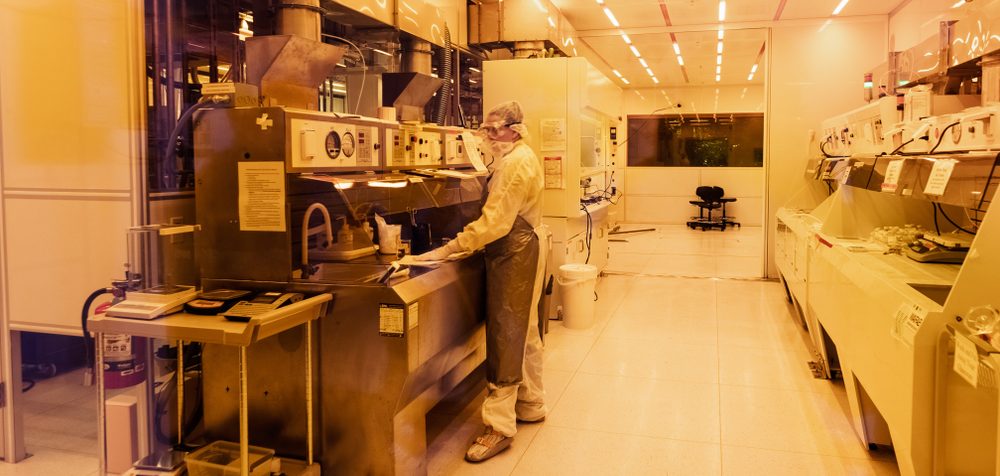
A team led by Lawrence Berkeley National Laboratory (LBL) has designed a new self-assembling nanosheet that has the potential to radically accelerate the development of functional and sustainable nanomaterials for electronics, energy storage, health and safety, and more.
A challenge in creating functional materials from nanoparticles is that many small pieces need to be combined so that the nanomaterial can grow into a size large enough to be useful. The stacking of nanosheets is often used to grow nanomaterials into a product, but stacking defects – gaps between the nanosheets – have been unavoidable.
“If you visualize building a 3D structure from thin, flat tiles, you’ll have layers up the height of the structure, but you’ll also have gaps throughout each layer wherever two tiles meet,” said first author, Emma Vargo. “It’s tempting to reduce the number of gaps by making the tiles bigger, but they become harder to work with.”
The team’s new nanosheet material overcomes the problem of stacking defects by completely skipping the serial stacked sheet approach. They instead mixed blends of materials that are known to self-assemble into small particles with alternating layers of the component materials, suspended in a solvent. To design the system, the researchers combined complex blends of nanoparticles, small molecules, and block copolymer-based supramolecules, all of which are commercially available. As the solvent evaporates, the small particles coalesce and spontaneously organize, coarsely templating layers, and then solidifying into dense nanosheets. Thus, the ordered layers form simultaneously rather than being stacked individually in a serial process. The small pieces only need to move short distances to organize and close gaps, avoiding the problems of moving larger “tiles” and the unavoidable gaps between them.
“Our work overcomes a longstanding hurdle in nanoscience—scaling up nanomaterial synthesis into useful materials for manufacturing and commercial applications,” said Ting Xu, the principal investigator. “It’s really exciting because this has been decades in the making.”
